The luxury fashion market in Italy is characterized by a dynamic competitive landscape, driven by a blend of innovation, digital transformation, and sustainability initiatives. Major players such as Gucci (IT), Prada (IT), and LVMH (FR) are at the forefront, each adopting distinct strategies to enhance their market positioning. Gucci (IT) has focused on digital engagement, leveraging social media platforms to connect with younger consumers, while Prada (IT) emphasizes sustainability in its production processes, aiming to reduce its carbon footprint. LVMH (FR), on the other hand, pursues a strategy of diversification through acquisitions, enhancing its portfolio with emerging luxury brands, thereby shaping a competitive environment that is both collaborative and competitive.
The business tactics employed by these companies reflect a nuanced understanding of market demands. Localizing manufacturing has become a prevalent strategy, allowing brands to respond swiftly to consumer preferences while optimizing supply chains for efficiency. The market structure appears moderately fragmented, with a mix of established luxury houses and newer entrants, collectively influencing trends and consumer behavior. This fragmentation fosters a competitive atmosphere where innovation and brand loyalty play crucial roles.
In October 2025, Gucci (IT) launched a new digital platform aimed at enhancing customer experience through augmented reality features. This strategic move not only aligns with the growing trend of digitalization but also positions Gucci (IT) as a leader in integrating technology into luxury retail. The platform allows customers to visualize products in their own environments, potentially increasing engagement and sales.
In September 2025, Prada (IT) announced a partnership with a leading sustainable materials company to develop eco-friendly fabrics. This initiative underscores Prada's commitment to sustainability, appealing to environmentally conscious consumers. By prioritizing sustainable practices, Prada (IT) not only enhances its brand image but also aligns with broader industry trends towards responsible luxury.
In August 2025, LVMH (FR) acquired a stake in a promising Italian luxury startup, signaling its intent to diversify and innovate within the luxury sector. This acquisition is strategically significant as it allows LVMH (FR) to tap into new market segments and leverage the startup's innovative approaches, thereby reinforcing its competitive edge in a rapidly evolving market.
As of November 2025, current trends in the luxury fashion market are increasingly defined by digitalization, sustainability, and the integration of artificial intelligence. Strategic alliances among key players are shaping the landscape, fostering collaboration that enhances innovation and market reach. The competitive differentiation is likely to evolve, moving away from traditional price-based competition towards a focus on technological advancements, sustainable practices, and supply chain reliability. This shift indicates a future where brands that prioritize innovation and ethical practices may gain a significant advantage in the luxury fashion market.


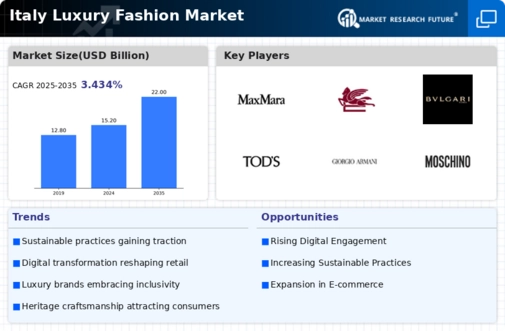
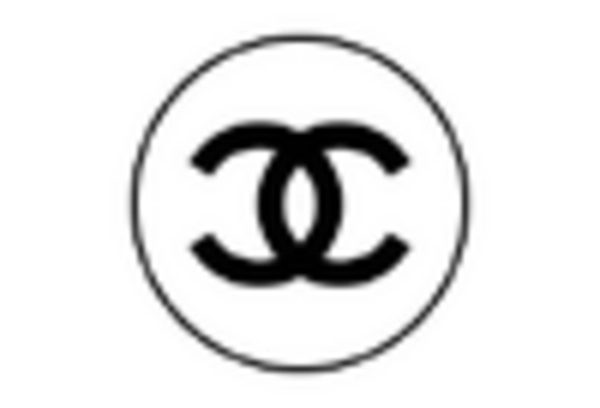
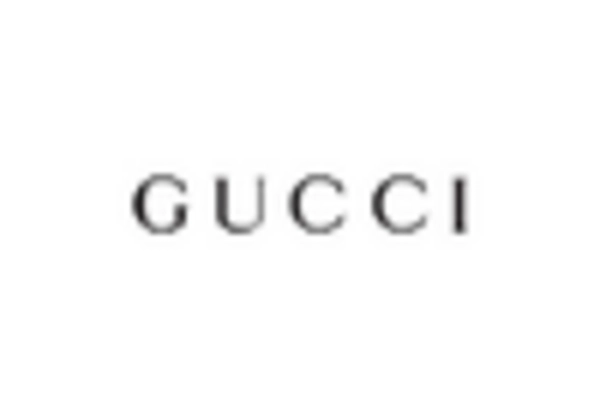
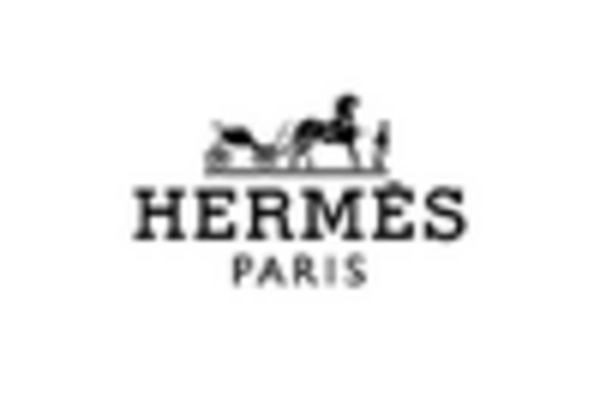
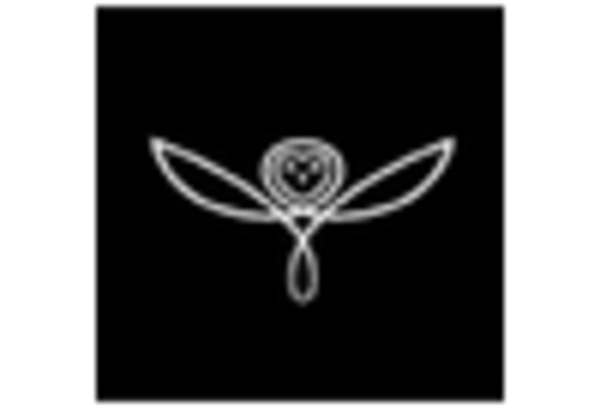
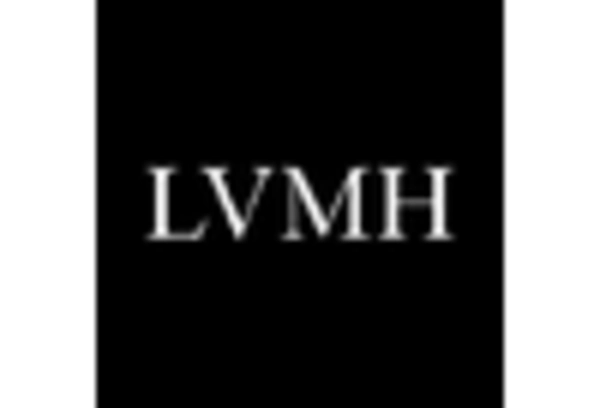
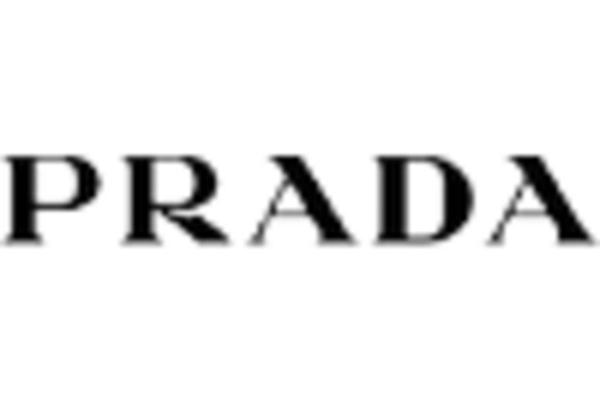








Leave a Comment